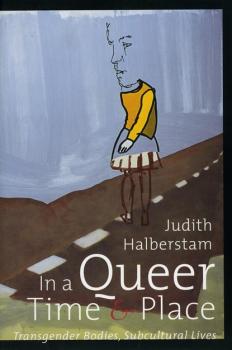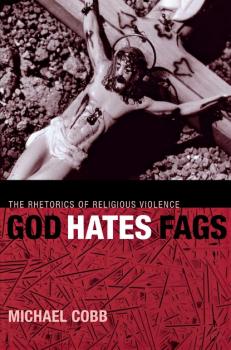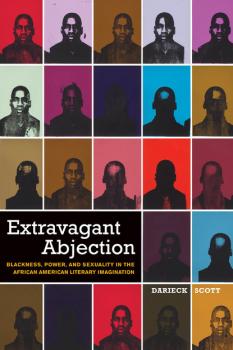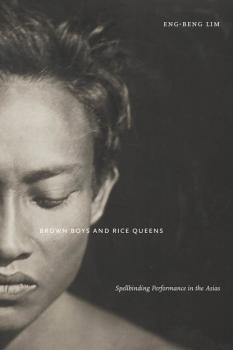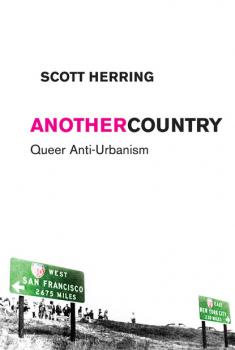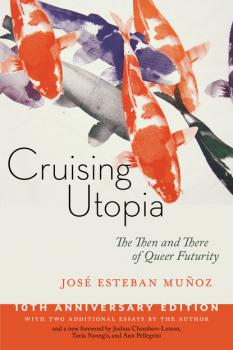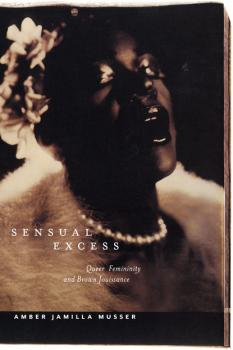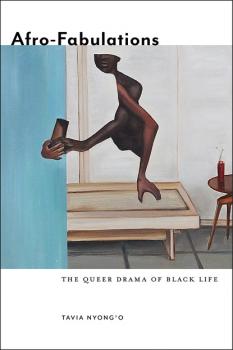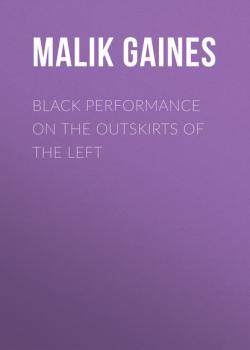ТОП просматриваемых книг сайта:















Sexual Cultures
Скачать книги из серии Sexual CulturesАннотация
Аннотация
Аннотация
Аннотация
Информация о книге
Автор произведения Eng-Beng Lim
Жанр Управление, подбор персонала
Серия Sexual Cultures
Аннотация
Аннотация
Информация о книге
Автор произведения Scott Herring
Жанр Управление, подбор персонала
Серия Sexual Cultures
Аннотация
Информация о книге
Автор произведения José Esteban Muñoz
Жанр Управление, подбор персонала
Серия Sexual Cultures
Аннотация
Информация о книге
Автор произведения Amber Jamilla Musser
Жанр Управление, подбор персонала
Серия Sexual Cultures

